Cabasse Pearl Akoya is a powered speaker with onboard streaming capability and costs £1499. Janine Elliot takes a listen for Hifi Pig.
 I have always been amazed at the Cabasse La Sphère, not just its substantial size and price (£197,000) but also its exceptional sound, so I was quite excited to be sent a wifi/Bluetooth active speaker using trickle-down technology from that enormous “Sphere”. This tiny sphere, the Pearl Akoya, is the little sister to the Cabasse Pearl, and retails for £1499, whereas the larger Pearl at £2599. It is a streaming loudspeaker using Cabasse’s own StreamCONTROL app designed to be used on its own – as in this review – or as a stereo or multi-room setup. Despite being infinitely smaller than the Sphère it should nevertheless be taken equally seriously, even to me, a rather sceptical follower of streaming speakers, admitting to only owning a once’ world’s smallest 4.1cm Bluetooth speaker. To compare the two would be wholly unfair, I know. Created and developed in Brittany, France, the Akoya is a 220mm diameter, 8kg sphere that is beautifully constructed and available in shiny black or white.
I have always been amazed at the Cabasse La Sphère, not just its substantial size and price (£197,000) but also its exceptional sound, so I was quite excited to be sent a wifi/Bluetooth active speaker using trickle-down technology from that enormous “Sphere”. This tiny sphere, the Pearl Akoya, is the little sister to the Cabasse Pearl, and retails for £1499, whereas the larger Pearl at £2599. It is a streaming loudspeaker using Cabasse’s own StreamCONTROL app designed to be used on its own – as in this review – or as a stereo or multi-room setup. Despite being infinitely smaller than the Sphère it should nevertheless be taken equally seriously, even to me, a rather sceptical follower of streaming speakers, admitting to only owning a once’ world’s smallest 4.1cm Bluetooth speaker. To compare the two would be wholly unfair, I know. Created and developed in Brittany, France, the Akoya is a 220mm diameter, 8kg sphere that is beautifully constructed and available in shiny black or white.
The musical history of Cabasse actually goes back considerably earlier than when its founder Georges Cabasse began the company in 1950. In 1740 in the Vosges Mountains of France was the creation of the very first Cabasse violin. Another 5 generations of luthiers continued this tradition building violins, violas and cellos, but in 1950 Georges decided to continue this pattern of music-making in a new form, that of loudspeakers for the HiFi market. Inspired to create perfection in sound reproduction Cabasse has developed coaxial driver technology, whereby several drivers can be placed in front of each other creating great savings in space. In October 2014 Cabasse was acquired by AwoX, a company specialising in streaming technologies, as are utilised in the Pearl and Pearl Akoya. The word Akoya is not only a type of pearl from Japan or China, but it also means ”powerful and complete”. Very appropriate.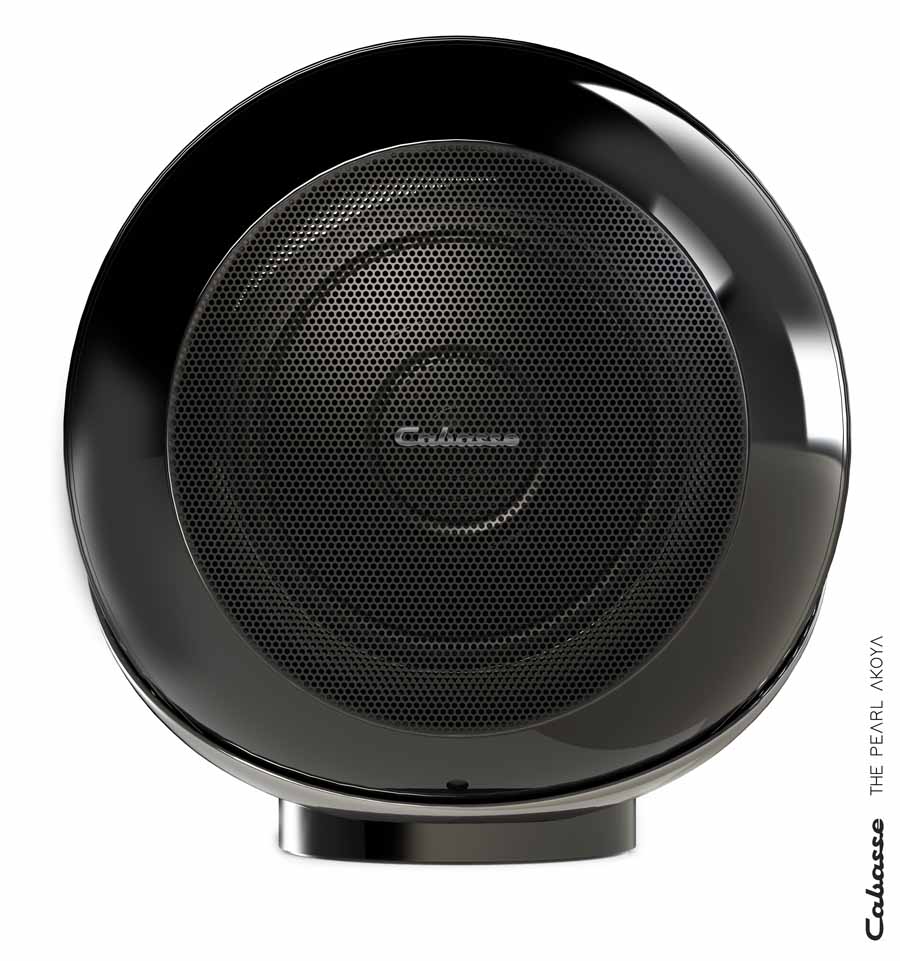
Construction
From the very start I could see this was a well-constructed device, and almost as good as the mighty Sphère, with its polished casing in injected resin and fibre. Six layers of lacquer are applied to obtain the depth of finish, and the Akoya is available in metallic black with pure chromium rings, or pearl white with silver rings. All controls and sockets are to be found at the base of the rear. From left to right is the source status LED and reset button. For example, cyan is wifi, ethernet and streaming, green is Spotify Connect, yellow is optical, and Blue (unsurprisingly) is Bluetooth. Next are the SPDif optical and LAN sockets. After the central IEC mains socket is the on-off button followed by a microUSB socket to be used with an external source such as a DAP, and 3.5mm analogue input. In the larger Pearl these last two are USB and RCA pair respectively. Finally, there is the network pairing indicator and pairing button. Utilising the Cabasse StreamCONTROL app on your phone or tablet the Akoya can be controlled from your device. It not only controls sources, what speaker you want to hear in a multiple set up, but also allows you to EQ the speaker if you so desire. As well as you being able to select bright, HiFi, low, very low, or extremely low tone, it can also set the speaker to best match the acoustics of your room; the app automatically calibrates the Akoya using its own built-in mic and by using sliding frequencies. It also allows you to play internet radio or online streaming services such as Qobuz, Deezer, Spotify, Napster, and Tidal. The Akoya plays MP3, AAC, WMA, plus higher definition files such as AIFF, FLAC and ALAC, (192khz/24bit) and it processes digital signals with up to 32 bits and 768khz.
The unit is surprisingly stable sat on a levelled surface despite the almost spherical shape, and uses Cabasse’s tri-coaxial design of 13cm coaxial BCI midrange and neodymium tweeter at the front and a 17cm carbon HELD (High Excursion, Low Distortion) subwoofer at the rear. With a total amplification of 1050W (300W for mid, 300W high, 450W bass), Cabasse claims that it can actually sound as loud as a concert orchestra in your living room. Quite some claim and something I will talk about during listening. At 22cm diameter, it surely is one loud performer, possibly the very loudest, though playing it loud can have its own problems in terms of control and quality of the audio. For the review I was sent a single loudspeaker, and whilst reviewing it as a single unit I was still conscious of how a pair of units would sound and hence my readings are a fair account. Connecting two is a simple Wi-Fi connection and provides full stereo playback, though you would only need to set up one of the supplied remote controls. Complimenting the Akoya’s good looks is a beautiful circular remote with the top half revolving to turn up or down the volume. On the top are controls for Preset 1 access, play/pause, previous/next, and the all-important source selection. Finally, the Akoya comes complete with a beautiful custom carrier case, power cable, plus 3.5mm/RCA and micro/USB adapters. The enclosed instruction booklet is very simple, only there to get you connected up to wifi and Bluetooth, as it doesn’t give instructions on using the remote, particularly the all-important volume adjustment, which took me a little while to work out. However, going on to their website I was able to find the all-important operational manual.
The Music
The Cabasse La Sphère has an enviable reputation so I really wanted to find out whether this diminutive globe-shaped wonder also had an equally rounded performance. Listening was done mostly via Bluetooth and Wi-Fi, plus the analogue input from my DAP’s line out. Cabasse compares the acoustics of the Pearl Akoya to that of a concert orchestra, so much of my reviewing was with orchestral and live music, wishing to turn my house into a concert hall. They also suggest it can have vinyl input; well yes, as long as you add a phono-stage or turntable with digital output. It also works well connected to a television, working particularly good in films with explosions and anything low frequency.
First of the music to be played was David Bowie’s final album ‘Blackstar’. This is a highly compressed album and the Akoya had to cope with two channels of compression mixed down to one, which didn’t sound as good as I had hoped. However, turning swiftly to the Kinks ‘Misfits’ the sound was very open and with a good clean top end. The bass is particularly strong and given any chance to exude it really came into its own. For example, Saint Saens Symphony Number 2 (Barenboim, Chicago Symphony Orchestra) the Organ entry at the start of the third movement was profound, though the quiet piano arpeggios in the background were still given their space in this mono player. The generous bass was also something to enjoy in “Something in the Air” (Thunderclap Newman). Whilst bass sang, the cymbals could also be clearly heard, showing this player excels at all frequencies.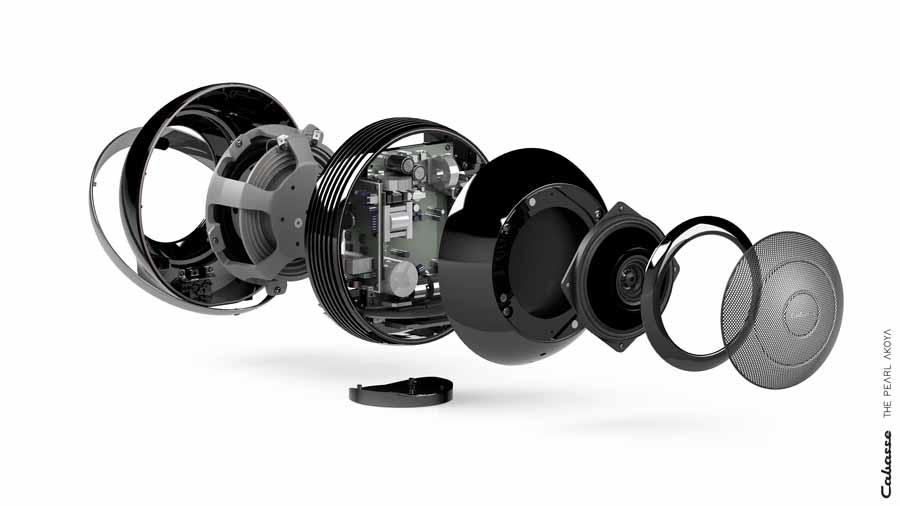
Continuing the theme of old rock-hits I played “I hear you Knockin’” from Dave Edmunds. This has highly EQ’d vocals for effect, and the Akoya gave a very capable reproduction; the sphere not sounding ‘boxy’ as some major loudspeakers can do when only one of the speakers is playing. This made me start to think the Akoya would sound extremely good as a pair. Turning to David Gilmour’s ‘Rattle that Lock’ and the very atmospheric and quiet opening track “5am”, this was a very impressive performer. Despite being mono, it gave lots of depth of ambience with a very clear bass end plus detail from the acoustic guitar. Cabasse talks about the speaker offering a 360-degree homogeneous directivity soundstage. Whilst, yes, there is a sub at the back, and bass is multi-directional, the detail from the acoustic guitar is only clear from the front, it being a front-fired driver and top frequencies being directional. However, I did find it covered an extremely wide area due to a spherical baffle, with it extending much further than a square box, meaning my positioning in the room wasn’t critical, although that might affect soundstage in a stereo set up (as a sound engineer I’m not generally in favour of 360 degree speakers!) Listening to the album ‘Basie Meets the Duke’ and the track “Battle Royal”, whilst the soundstage was particularly wide for a single speaker especially the cymbals and brass section, the piano was rather set back. Only the really deep bass and kick drum surrounded the room with sound. Turning up the wick enabled me to fill my room louder than I really should! Yes, it can go as loud as you can bear, so listen to the Pearl at your peril.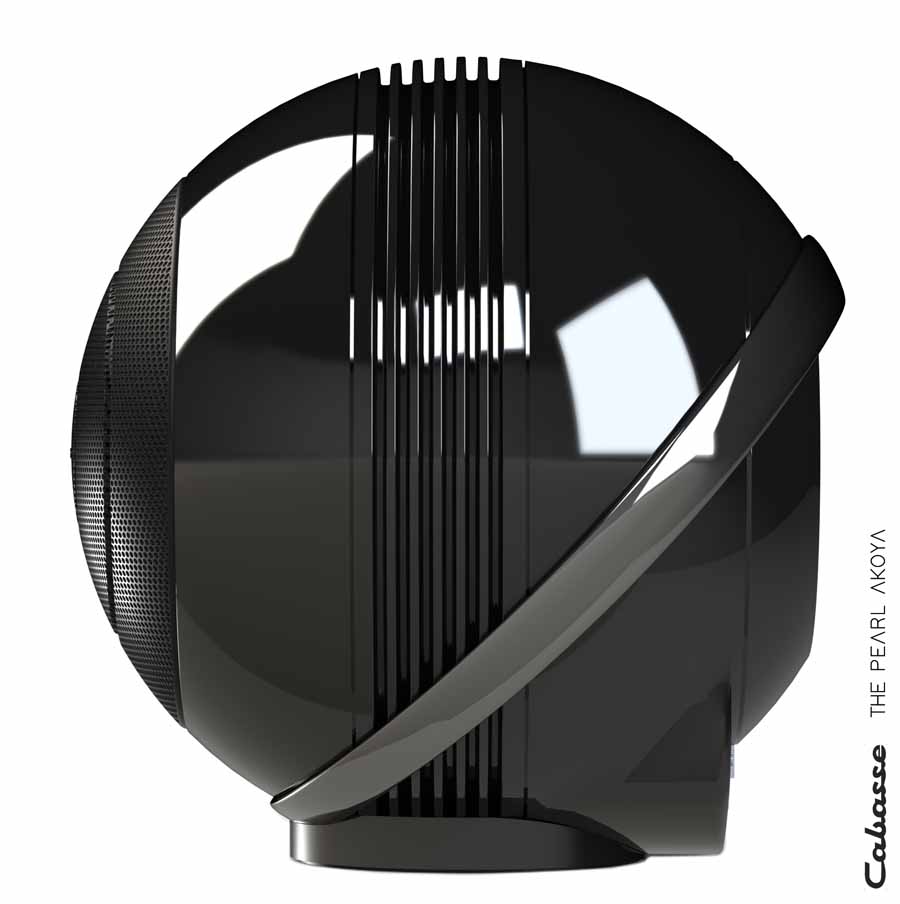
To classics and Ravel’s Piano concerto in G (third movement, Julius Katchen, London Symphony Orchestra, 24/192), it has a poignant bass drum “bang” in bar two announcing the arrival of the piano, loud enough to wake up my cat asleep beside me. All was clear and extended with good speed and made for very enjoyable listening. That bass could be reduced a little via the app, and for me was preferable. I am not in favour of unrealistic bass end, and sometimes that came across with the Akoya. I did find the piano was at times less clear due to the level of the lower bass. Playing the same music via line-out into the 3.5mm analogue input actually gave a more musical and realistic performance, and which similarly was the case in Supertramp’s “Ain’t Nobody But Me”. The digital input was fine with the most exciting and forceful performance, but the analogue input just topped it further with a more musical and realistic performance. Being able to change the source from the remote or via the Android/Apple app was great but I wish the source selector and indicator were at the front base rather than hidden round the back. Luckily the speaker does verbally inform you of what input you have chosen. Turning to Binaural Baroque (Chasing the Dragon) it was actually very clear at all frequencies, particularly the extremes. That bass was particularly exciting with Pachelbel’s Canon having a great sense of space even from one speaker. Being a binaural album played on a single loudspeaker was funnily enough quite successful! Finally, Mozart’s Symphony number 1 is my very favourite from this composer, reminding me of days learning the piano before my teens. This is such a youthful and innocent work, and a chance for the Akoya to play like a full symphony orchestra (in this case actually a small orchestra). Yes, the Akoya can definitely go loud, but its forte is in its mezzo pianos; it has much more control in quieter volumes or sections of music. Played excessively loud is none the less very good, but you are still aware of a small speaker trying to be a big one. Simple melodic lines, including an ostinato harpsichord, are clear and enthralling but best at lower levels. Working as a pair of speakers takes the Akoya up several levels, and I can see it being a relatively cheap main system in anyone’s home, even with the additional cost of the matching stands (at £299 each). I personally would love a pair of Akoya’s if I had the space to add yet another system! Of course, as a multiroom system, it becomes even more powerful. Oh, and as to my own 4.1cm Mighty Music Engine Bluetooth speaker, well obviously there was no comparison.
Conclusion
This was always going to be an interesting review for me, but I can report that I am actually very pleasantly enamoured with the Akoya. Not only would it look gorgeous in my bedroom, or anywhere, but the sound quality was very surprising for such a small size, especially the bass. Music from a single speaker sounded a lot better here than it did when we had to listen in mono back in the days when I was very young! Only that the bass needed a little taming down at times. Adding a second Akoya will give you a complete digital stereo system at a very good price, and as part of a multi-room system I would heartily recommend the Akoya.
AT A GLANCE
Build Quality: Cabasse really know how to build the very best quality
Sound Quality: Excellent all-round quality, only the bass can be a little too generous
Value for Money: £1499 for a beautiful powered speaker like this is excellent value.
Pros:
A very lively performer with exciting sound.
A very clean and undistorted performer.
Beautiful looks.
Can go very loud.
Excellent Cabasse StreamCONTROL app.
Cons:
Some may find the bass too forward.
Poor instruction booklet.
Price: £1499 plus £299 for stand

Janine Elliot
Review Equipment:
Laptop, Sony phone and Fiio X1ii (Wifi and Bluetooth) and Fiio X5 DAP (Line in) Sony XXXXXXX CD for Toslink.
Specification
115dB mono peak/ 121dB stereo peak
Frequency response 30-27,000Hz
Midrange Tweeter 13cm coaxial BCI
Woofer 17cm carbon HELD (High Excursion, Low Distortion) with 20mm long throw symmetrical drive.
High; 300W RMS/600W peak
Medium; 300W RMS/600W Peak
Bass 450W RMS/900W Peak
Ethernet, Wifi, Bluetooth, Toslink, 3.5mm analogue jack
Streaming services Qobuz, Deezer, Spotify, Napster, Tidal
Micro USB for networking music on external device
Audio formats; MP3, AAC, WMA, AIFF, FLAC, ALAC
DAC 768/32bit, 192khz/24bit streaming
Programmable Bluetooth remote control
220x220x220mm 8kg














































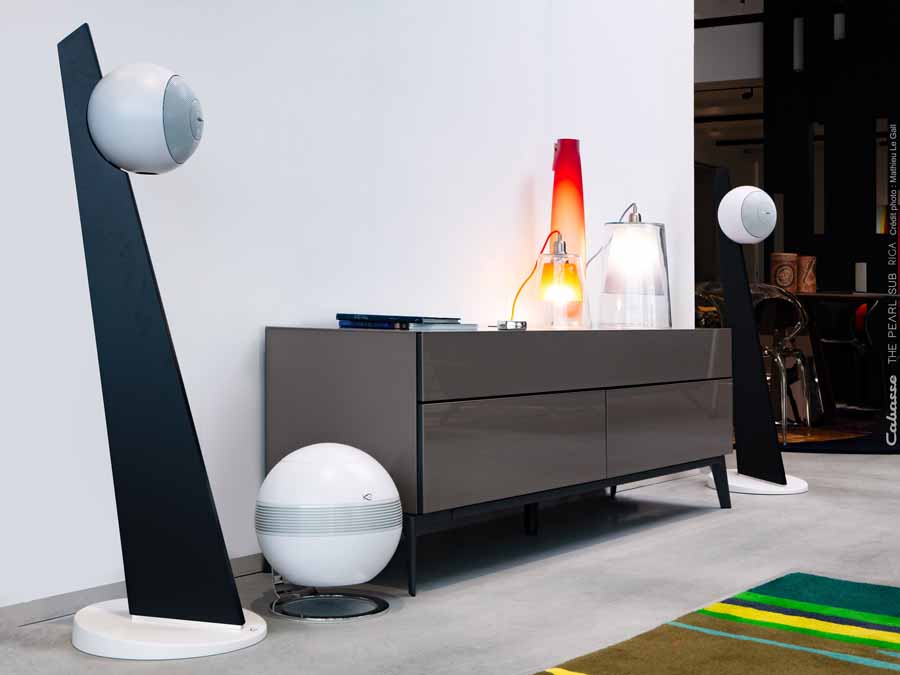















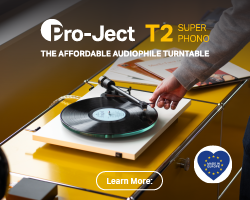




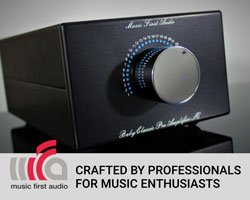
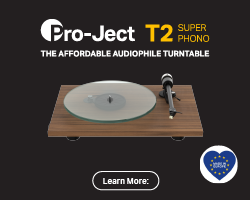






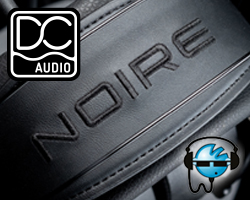









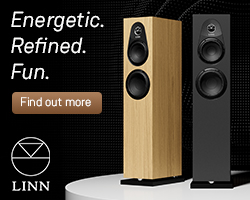



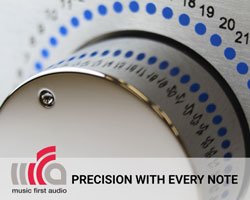







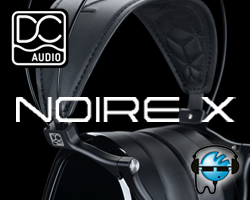







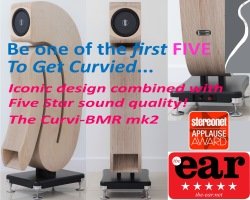
































































You must be logged in to leave a reply.